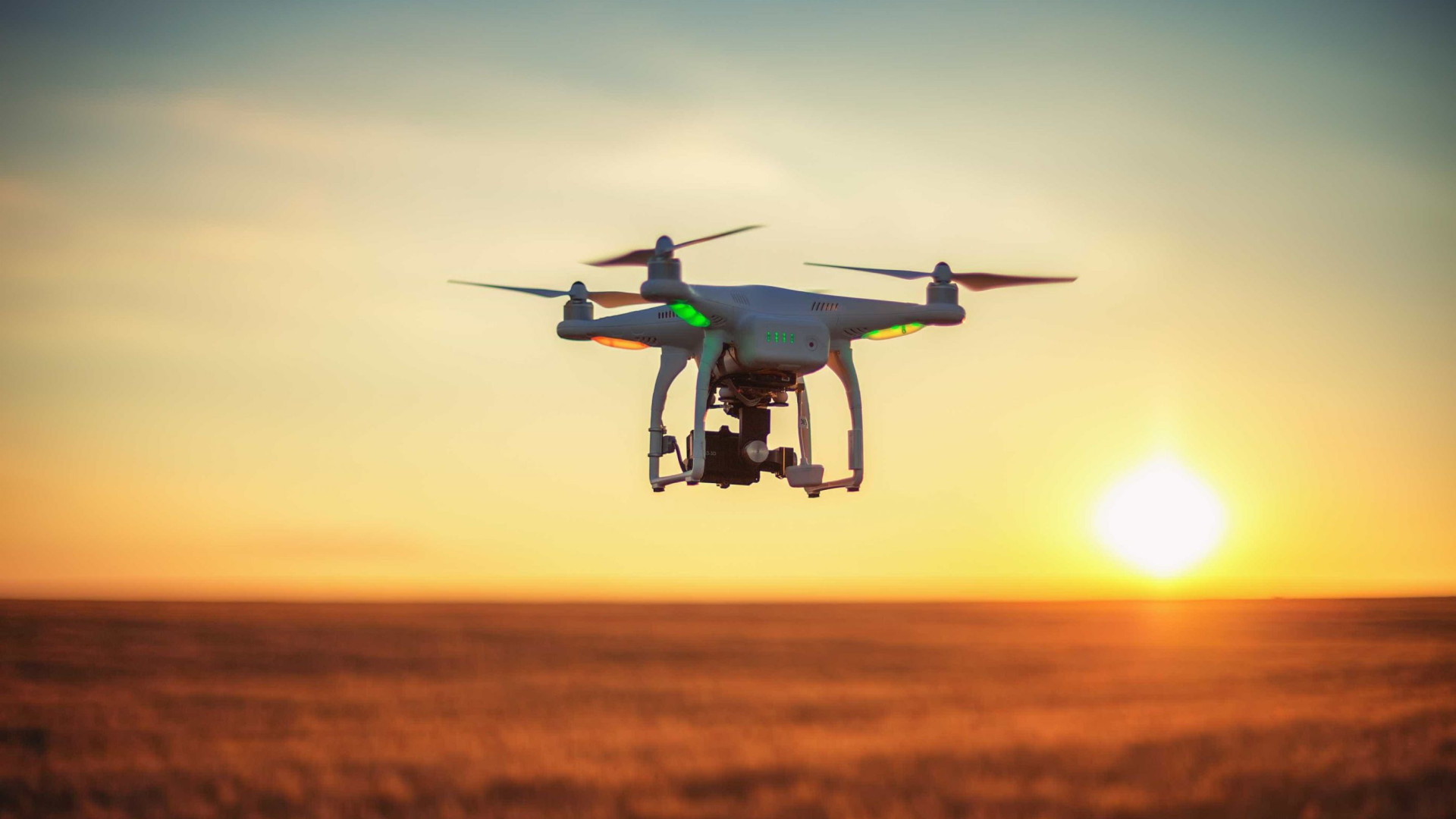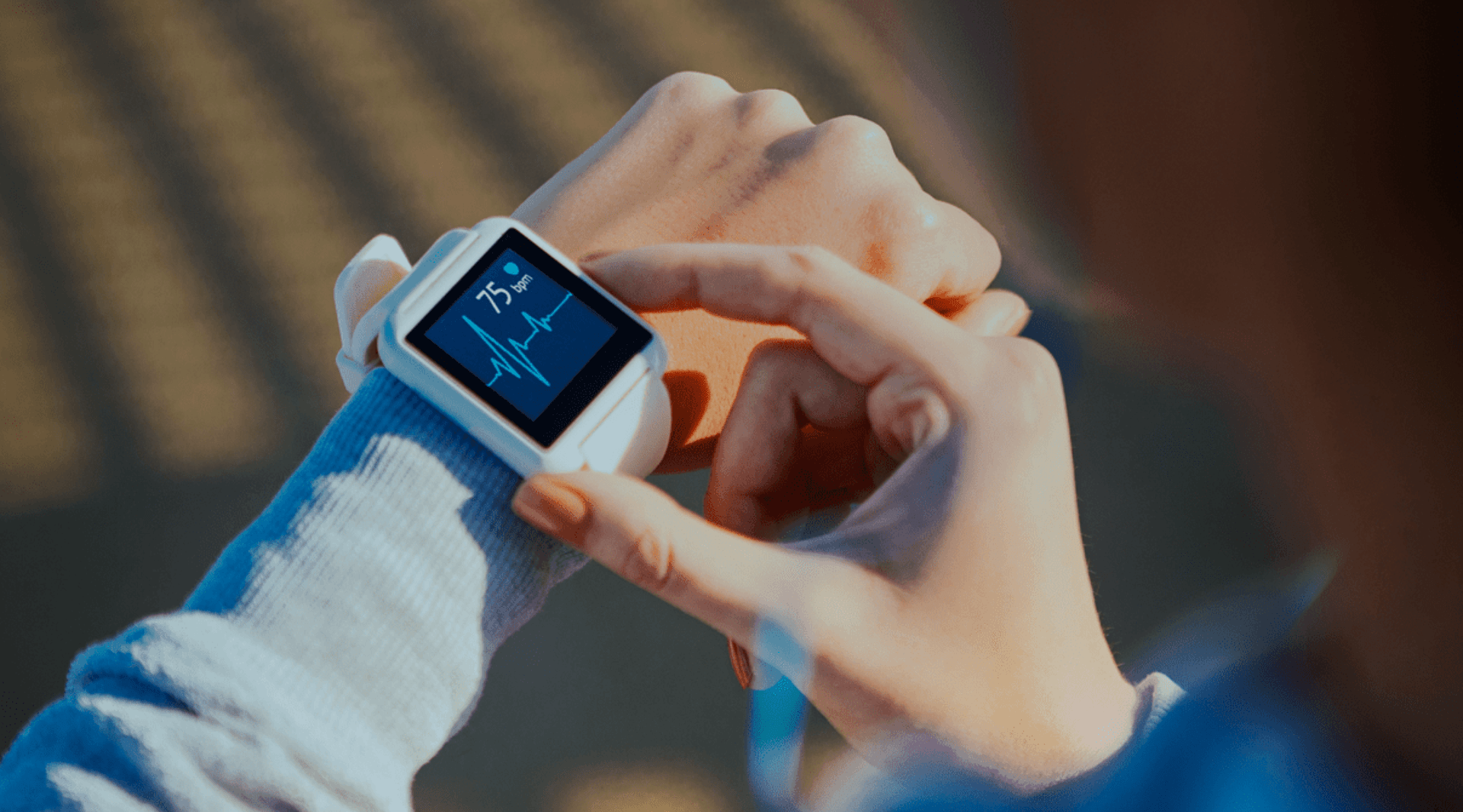TECH

Drones and I.A. used to identify plastic waste in the oceans
The Plastic Tide project, based in the UK and released today in the online magazine Digital Trends, consists of collecting images with plastic garbage obtained through drones, from which a computer will be "taught" to recognize this The monitoring makes it possible to perceive the location of the waste, but also, for example, its origin, and which companies manufactured the products later into trash, a fact that is useful to understand the sectors and policies with more impact on the environment and on citizens' lives."In the short term, this idea can be used to help organize clean-up actions by alerting citizens to the areas with the greatest impacts on human life, marine ecosystems and birds," says Peter Kohler, founder of the project.brush teeth, fishing nets or straws.The initiative includes the contribution of volunteer citizens sending images from various parts of the world to gather as much information as possible into the computer.It is about building a system that can report almost in real time the way plastics spread, covering the sea surface, seabed, rivers and, eventually, future development, roads and railways."Basically, everything is connected to the sea," says Peter Kohler.The initiative has already attracted many sympathizers who are sending their photographs, but also to gather to collect litter on beaches and on the shores.
Marine litter is one of the themes highlighted on World Oceans Day, marked on Friday after World Environment Day, celebrated on Tuesday, to have had the theme "no contamination by plastic".
Plastic has become a serious environmental problem since its widespread use has increased substantially and remains in nature for 50 to 200 years, causing damage, especially in the oceans, by killing fish and birds that confuse plastic fragments with food.
International environmental organizations warn that if the use of disposable plastic continues at the current pace, by 2050 there may be more plastic than fish in the oceans and they point to the existence of a huge amount of litter in the Pacific Ocean, forming an "island" of very distributed over an area equal to twice the size of France.
Lusa

No comments:
Post a Comment